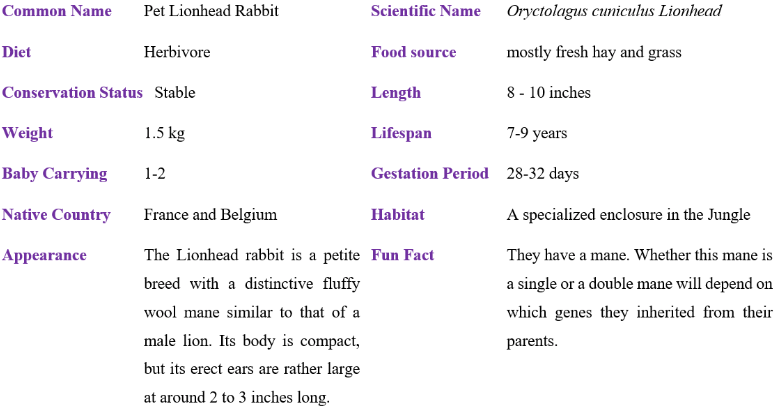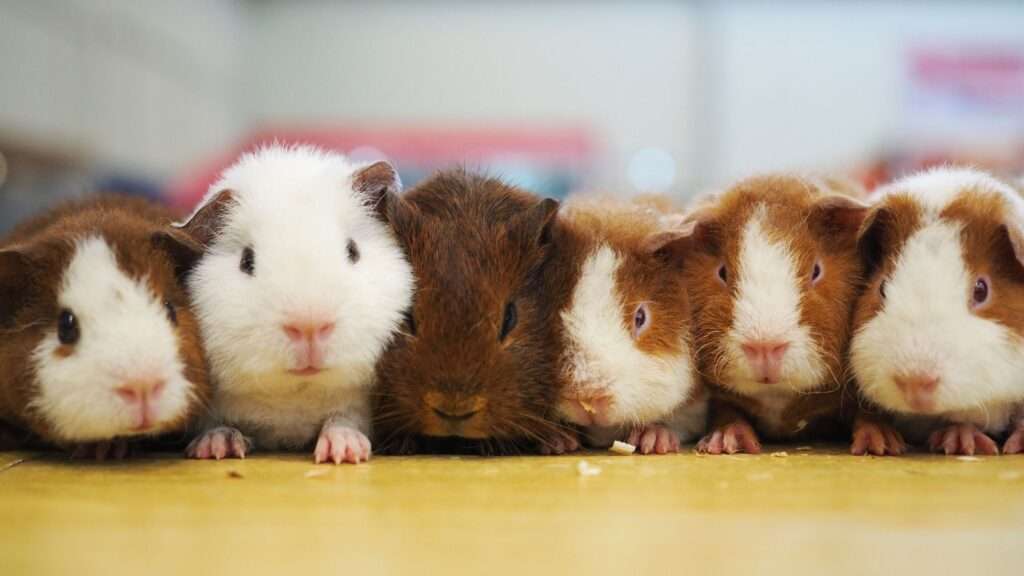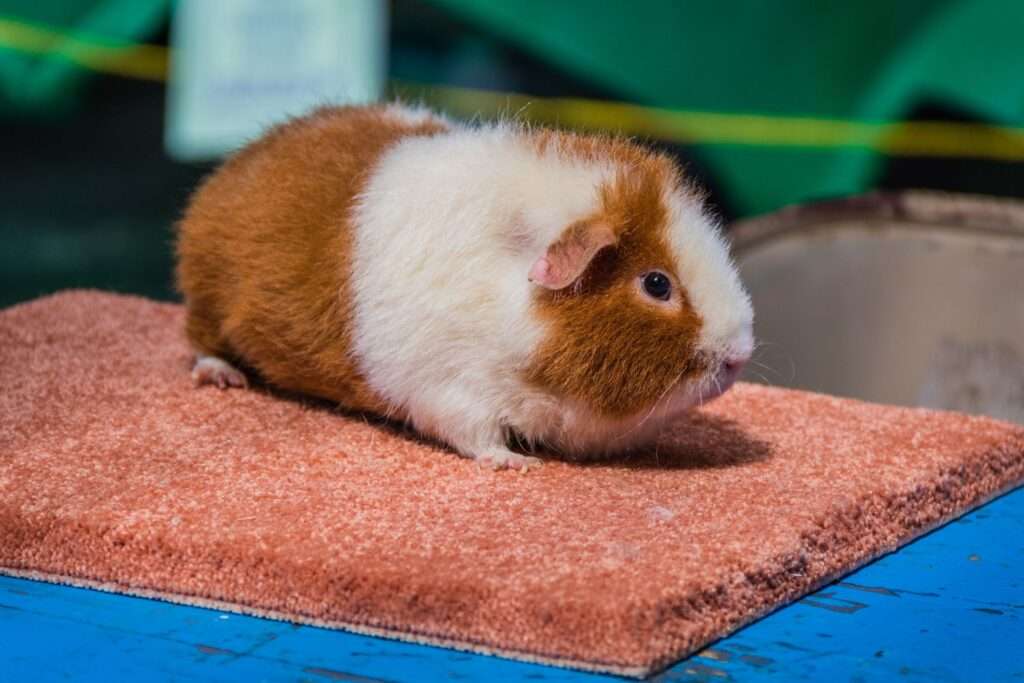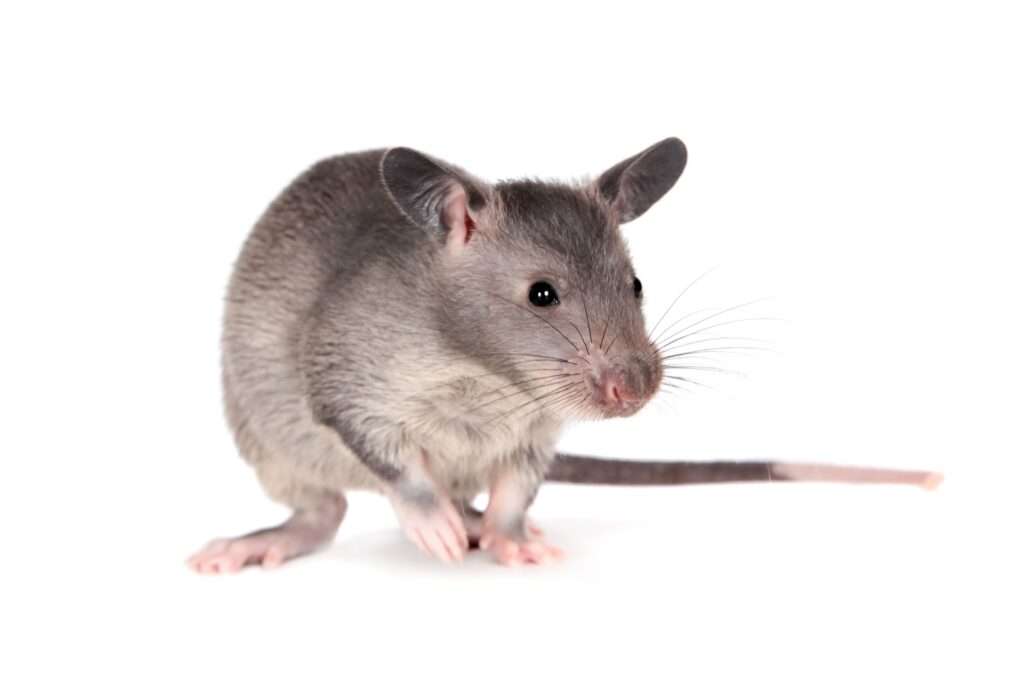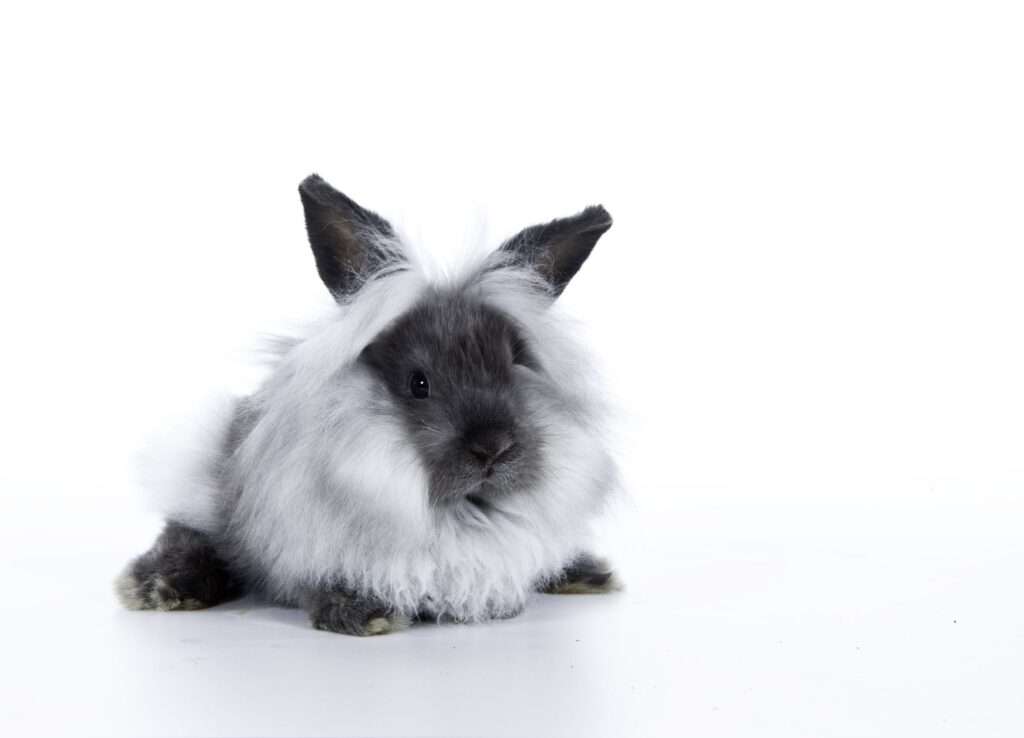
The diminutive lionhead rabbit has a characteristic mane of fluffy fur that resembles that of a male lion. Although it has a small body, its upright, two to three-inch long ears are fairly enormous. Lionheads are available in a variety of hues. Although some of them can be hesitant, these rabbits make generally amiable, playful, and social companions. They need regular communication and only moderate maintenance. They require a balanced diet and shelter with space for exercise.
Expected Lifespan: 7 to 10 years
As Pet/ In Captivity
Behavior and Temperament
In general, Lionhead rabbits are intelligent, kind, and active. They enjoy socializing and playing. And a lot of them develop strong ties with their owners and like to be petted and cuddled. But some Lionhead’s can be a little wary. They rarely bite, but if they feel uneasy around you, they might try to scratch you. The majority of rabbits often dislike being picked up.
It’s best to keep more than one rabbit in order to meet the Lionhead’s social needs. If both sexes are spayed and neutered, members of the opposite sex can remain together. Additionally, some rabbits even form connections with calm, well-behaved cats and dogs and other home pets. To guarantee that they can coexist happily, it is essential to introduce animals (including other rabbits) gradually and safely.
Housing
The Lionhead rabbit, despite its diminutive size, is an energetic breed that requires lots of space to burn off energy. Generally speaking, a cage should be at least 18 by 24 inches and tall enough for a small rabbit breed like the Lionhead to stretch fully upright on its hind legs. 2 For several rabbits, the cage size must be raised because bigger is always preferable.
Wire-bottomed cages should be avoided since they can damage a rabbit’s feet. A dog box with a plastic bottom would be an excellent choice. Additionally, some rabbit owners choose to use a dog exercise enclosure to provide even more room while maintaining the rabbit’s security. Make sure there are no draughts coming into the enclosure.
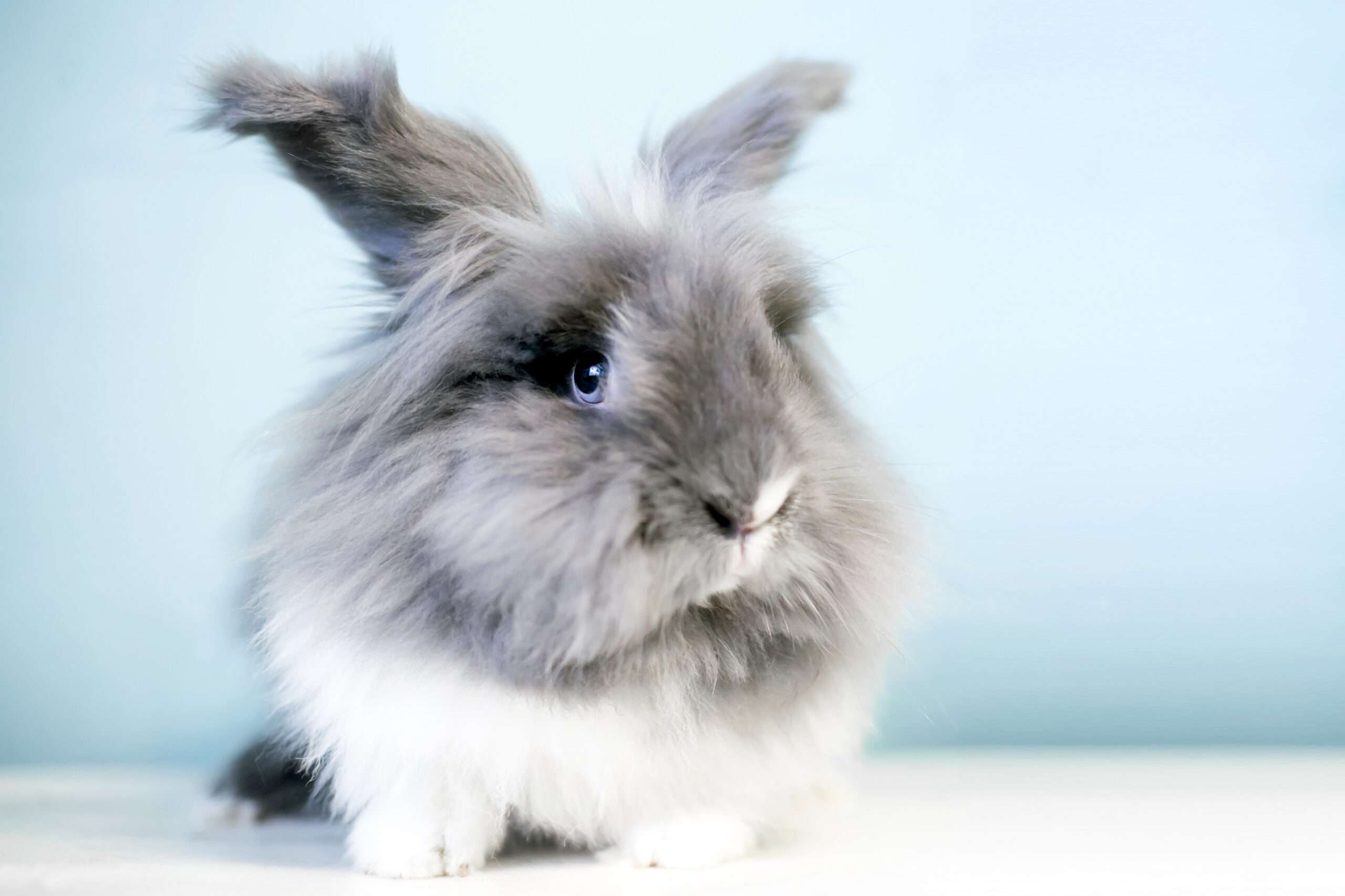
Eat and Drink
Herbivores include rabbits. Additionally, because of the constant growth of their teeth, they require a food that naturally helps to wear down the teeth. Every day, give your Lionhead an unlimited supply of grass hay, such as timothy hay. Hay can be piled in the enclosure by hand or fed with a hopper feeder. Make sure the rabbit has access to some hay at all times. A variety of green leafy vegetables should be available as well, such as lettuce, herbs, and carrot tops. And provide smaller portions of other fruits and vegetables, such carrots. Fresh food can simply be put in a tiny dish or on the enclosure floor. Provide Water Regularly.
Exercise
Your rabbit should be able to exercise outside of its pen for at least four hours each day. For a rabbit to be healthy and avoid problems like obesity, exercise is crucial. A rabbit should never be left unattended outside of its pen. Make sure to provide toys, such as treat puzzles, balls, and tunnels, to encourage it to move around.
Purchase/Pricing
A Lionhead rabbit might be available from a pet store, but it is preferable to work with a reputable breeder or rescue group. They will probably provide more accurate details on the animal’s condition, background, and personality. The typical price is $75 to $150, but this can vary based on the animal’s age and other aspects.
The Benefits and Drawbacks of Owning a Lionhead Rabbit
Lionhead rabbits make for entertaining, and social pets. They are also small, silent, and take up little room. Although it’s recommended to have more than one to suit their social demands, they can be rather expensive to maintain, which will raise your entire cost.
Table
